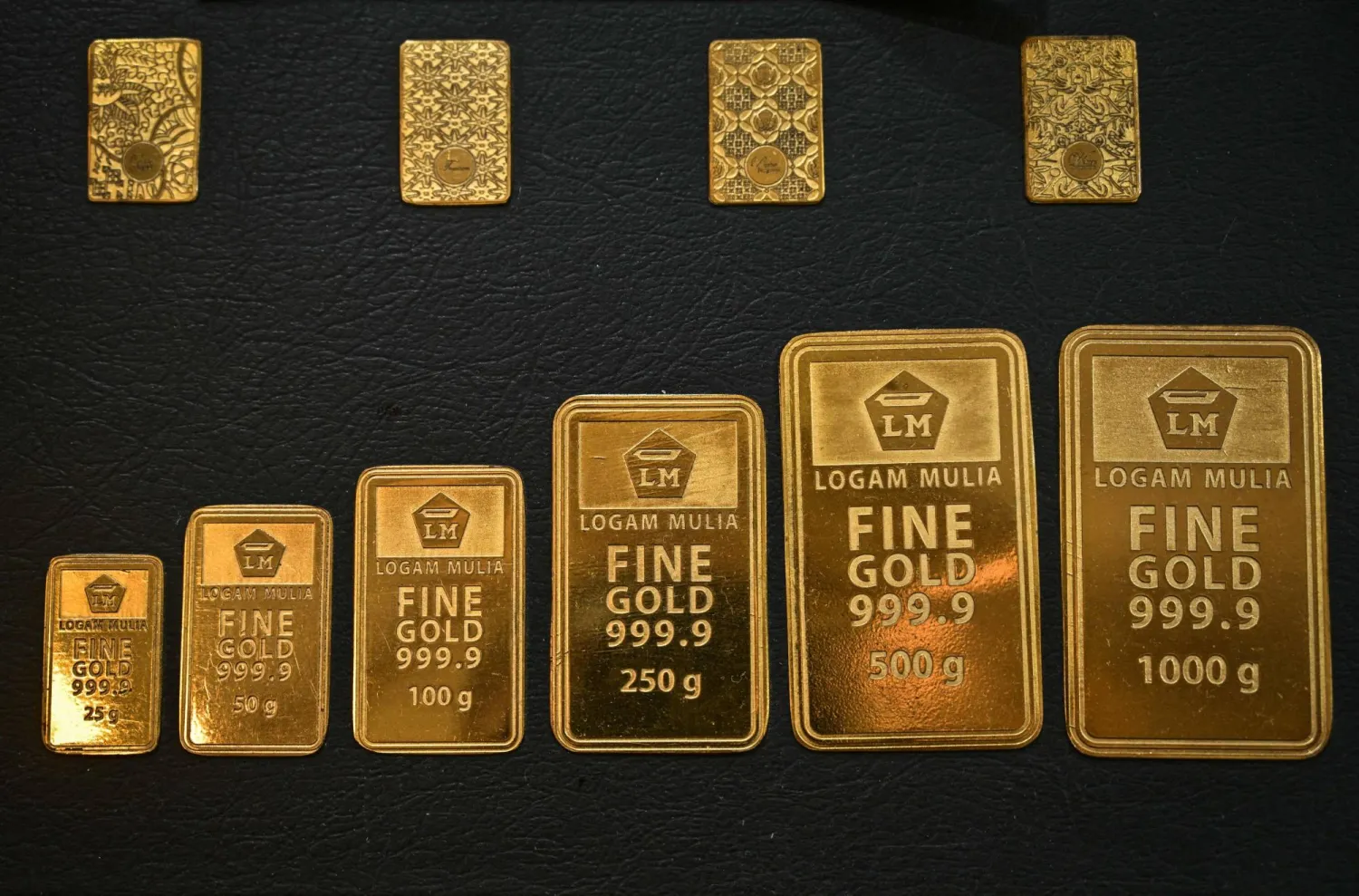Saudi Arabia and Italy signed 21 agreements and memorandums of understanding during an investment forum held in Milan, in a step aimed at developing trade and investment relations between them.
The event saw the signing of an MoU between Saudi ACWA Power and the Italian energy giant Eni for a green hydrogen project in the Middle East and Africa.
Saudi Investment Minister Khalid Al-Falih said Italy will be a long-term partner of Saudi Arabia in the energy and sustainability sectors.
He told the forum that the Kingdom was launching an investment in important raw materials, and planning to strengthen efforts with Italy, pointing to one of the largest global hydrogen projects in the city of NEOM.
The Saudi-Italian Investment Forum was organized jointly by the Saudi Ministry of Investment and the Italian Ministry of Enterprises and Made in Italy.
The forum was attended by al-Falih and the Italian Minister of Enterprises and Made in Italy, Adolfo Urso, in the presence of several officials from both countries and representatives from the governmental and private sectors.
The MoUs and agreements signed during the event covered the sectors of energy, clean energy, healthcare, real estate, waste management, technology, and manufacturing.
They are aimed at promoting commercial cooperation, fostering trade, industrial, and investment ties, and facilitating the development of cross-sectoral relations between the two countries.
The forum also discussed investment opportunities, in light of Saudi Arabia’s economic transformation, as well as a set of initiatives and programs within its Vision 2030.
In remarks on the occasion, Urso said Rome was discussing with Riyadh a potential investment in its “Made in Italy” fund, which aims to strengthen supply chains of strategic importance. He also hinted at potential merger and acquisition deals in the energy sector between the two countries.
Bilateral trade between Saudi Arabia and Italy in 2022 is estimated at $11 billion.









